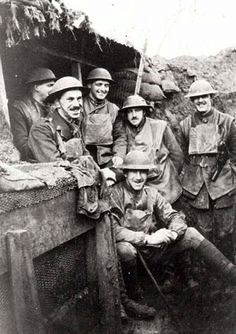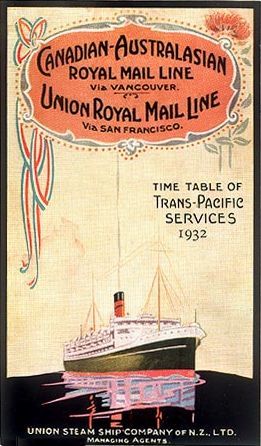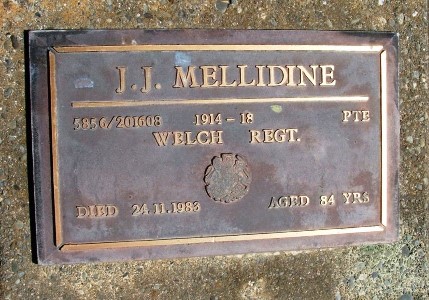james joseph mellidine

1st Battalion
James was born on 7 January 1899 at 158 Aston Street in Stepney. He was the fifth of thirteen children born to Charles Christopher Mellidine and his wife Lydia Grandy. Most records list his name as James Joseph but when his mother registered his birth in March, she gave his name as Jim Joseph.
When he was two years old, his family left Stepney and moved to Custom House and later Canning Town near the Royal Victoria Docks in neighbouring Essex.
When the war broke out, James’ eldest brother Charles enlisted and a year later, James and his brother Fred also joined up and were assigned to the Welch or Welsh Regiment. James’ attestation papers have not been found so information on his service record is limited. Many military records were destroyed by fire caused by the German bombing of London during the Second World War and it is possible his records were among those lost.
But according to the Medal Roll, he was a Private in the 1st Battalion of the Welch Regiment which was part of the 84th Brigade that landed at Le Havre for service on the Western Front before moving on to Egypt and then Salonika. James was assigned to the Trench Mortar Battery and although the medal roll includes a note that reads ‘Infantry Base Depot’, there is no further information on the nature of his service. On 18 November 1921, he was awarded the British War and Victory medals but it doesn’t appear that he ever received them. The medals were sent to the recipient’s last address on file and if they could not be delivered, they were returned to the Army where they would be held for ten years before being destroyed. James’ medal card notes that the medals were returned but it isn’t known if they were later claimed or subsequently destroyed.
On 18 July 1924, James joined the Merchant Navy as a Trimmer whose primary responsibility was to move the coal from the storage bunkers to the stoke hold. The Trimmer’s job was the dirtiest and most physically demanding job on board and also the lowest paid. His seaman’s card noted his physical description as being 5’7’’ tall with brown eyes and hair and a dark complexion. James’ older brother Charles had joined the Merchant Navy several years before and in 1926, his brother-in-law, Frederick Vick, also joined as a Trimmer.

His first voyage was on the passenger ship Arawa that was owned and operated by the New Zealand Shipping Company. It is not known if James intended to stay in the South Pacific but he settled in New Zealand and spent the rest of his career on ships in and around Australia and New Zealand and in the 1930s, on longer runs to San Francisco.
He initially settled in Lyttelton near Christchurch on the south island and appears in two articles in The Press, one of the major newspapers that served the Canterbury region. The first article published on 26 May 1926 reports on his appearance before the local magistrate after being charged with being drunk and disorderly in a public place and notes that he was fined 20s in default of three days’ imprisonment. Two years later, he was injured on board as his ship was returning to the Lyttelton harbour:
James Mellidine, aged 29 years, a fireman on the ss Katoa, had his left foot badly crushed as that vessel was entering the harbour last evening. Mellidine was sitting aft in the vessel and as it was entering the moles the hull was swung around with the result that the rudder quadrant trapped his foot against the buffer. He was treated in Lyttleton by Dr C.H. Upham and afterward conveyed to the Christchurch Hospital.
That same year he appeared in the Electoral Register at 1 London Street in Lyttleton and his occupation was listed as Seaman but he left Lyttelton In the 1930s and settled in Wellington. He also appears to have changed employers as he is listed on numerous passenger lists on board the Maunganui which was owned by the Union Steam Ship Company of New Zealand. In 1932, the Maunganui was assigned to the Sydney — San Francisco route and carried both passengers and cargo through the ports at Sydney, Wellington, Rarotonga, Papeete and San Francsico and James appears in its crew lists in a variety of roles including Greaser and Oil Burner.
By 1936, the company abandoned the San Francisco route and the Maunganui was reassigned to routes between Australia and New Zealand. In 1940, James appears on one last passenger list on board the MV Limerick, another Union Steam Ship vessel, that sailed from Melbourne and arrived in San Francisco on 28 April. But with the attack on Pearl Harbour and the escalation of war in the Pacific, it is unlikely that these passenger routes continued during the war and James probably returned to serving on routes between Australia and New Zealand.

Beginning in 1938, he appears in Electoral Registers at various addresses in Wellington and his occupation was listed as Seaman with the exception of one in 1949 when he was listed as a Stoker. He also appears in the WWII Ballot Lists, published in the New Zealand Gazette, of men men called up for national service with the Territorial Force and although there are no details as to the nature of James’ service, he most likely continued to serve in the Merchant Navy on troop or supply ships.
In the 1950s, James settled on Webb Street near the city centre and lived there for at least ten years. He was still in Wellington in 1972 but had retired and moved to 7 Crosby Terrace where he lived for the next six years. In 1978, he appears in the Electoral Register in Wellington as well as one in Seddon, a small town in the Marlborough district on the south island across the Cook Strait from Wellington. He lived at 5 Goulter Street in Seddon until his death, aged 84 years, on 24 November 1983. James was buried at the Awatere Cemetery in Seddon four days later.